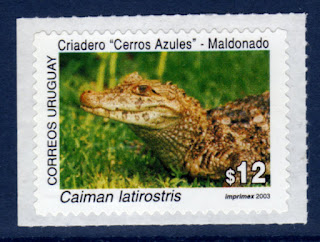Countries
Greece
Characteristics :
Capital : Athens
Language : Greek
Religion : Eastern Orthodoxy
Independence day : March 25th, 1821
Independence from : Ottoman Empire
Area : 131.957 km2
Population : 10.815.197 (census 2012)
Density : 82 / km2
Currency : Euro (EUR)
Time Zone : UTC +2 (+3 in summer)
Description :
Greece, officially the Hellenic Republic and known since ancient times as Hellas, is a country located in southeastern Europe. According to the 2011 census, Greece's population is around 10.8 million. Athens is the nation's capital and largest city, followed by Thessaloniki, which is commonly referred to as the co-capital.
Greece is strategically located at the crossroads of Europe, Asia, and Africa. Situated on the southern tip of the Balkan Peninsula, it shares land borders with Albania to the northwest, the Republic of Macedonia and Bulgaria to the north and Turkey to the northeast. Greece consists of nine geographic regions: Macedonia, Central Greece, the Peloponnese, Thessaly, Epirus, the Aegean Islands (including the Dodecanese and Cyclades), Thrace, Crete, and the Ionian Islands. The Aegean Sea lies to the east of the mainland, the Ionian Sea to the west, and the Mediterranean Sea to the south. Greece has the longest coastline on the Mediterranean Basin and the 11th longest coastline in the world at 13,676 km (8,498 mi) in length, featuring a vast number of islands, of which 227 are inhabited. Eighty percent of Greece is mountainous, with Mount Olympus being the highest peak at 2,918 meters (9,573 ft).
Greece has one of the longest histories of any country, and is considered the cradle of Western civilization, and as such, is the birthplace of democracy, Western philosophy, the Olympic Games, Western literature, historiography, political science, major scientific and mathematical principles, and Western drama, including both tragedy and comedy. Greece was first unified under Philip of Macedon in the fourth century BC. His son Alexander the Great rapidly conquered much of the ancient world, spreading Greek culture and science from the eastern Mediterranean to the Indus River. Annexed by Rome in the second century BC, Greece became an integral part of the Roman Empire and its successor, the Byzantine Empire. The first century AD saw the establishment of the Greek Orthodox Church, which shaped the modern Greek identity and transmitted Greek traditions to the wider Orthodox World. Falling under Ottoman dominion in the mid-15th century, the modern nation state of Greece emerged in 1830 following the war of independence. Greece's rich historical legacy is reflected in large part by its 17 UNESCO World Heritage Sites, among the most in Europe and the world.
Greece is a democratic and developed country with an advanced high-income economy, a high quality of life and a very high standard of living. A founding member of the United Nations, Greece was the tenth member to join the European Communities (precursor to the European Union) and has been part of the Eurozone since 2001. It is also a member of numerous other international institutions, including the Council of Europe, NATO,[a] OECD, OIF, OSCE and the WTO. Greece, which is one of the world's largest shipping powers, middle powers and top tourist destinations, has the largest economy in the Balkans, where it is an important regional investor.
Etymology :
The names for the nation of Greece and the Greek people differ from the names used in other languages, locations and cultures. Although the Greeks call the country Hellas or Ellada (Greek: Ἑλλάς or Ελλάδα) and its official name is the Hellenic Republic, in English it is referred to as Greece, which comes from the Latin term Graecia as used by the Romans, which literally means 'the land of the Greeks', and derives from the Greek name Γραικός. However, the name Hellas is sometimes used in English as well.
Philatelic Issues
2016 – Uruguay – Unique Stamp, from Hellenic Community Series
Issue information:
Country: Uruguay
Date: March 16th, 2016
Printed: 15.000 Copies
Type: Unique Stamp from Series
Value: UYP 20
Stamp: Rectangular
Size: 39 mm. x 27 mm.
Perforation: Circular
Gum: Water Activated




























